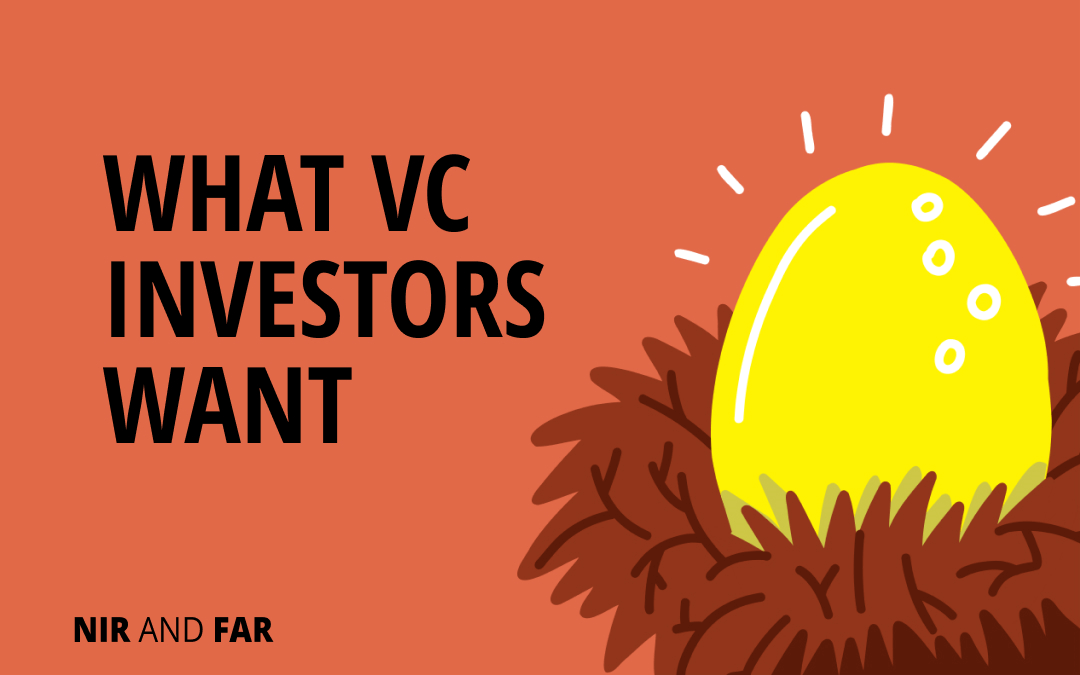Venture capital (VC) is a great opportunity for new entrepreneurs seeking to bring a product to life—but the funding is incredibly difficult to secure.
A 2021 Harvard Business Review survey of almost 900 VC firms found that they consider 101 opportunities on average for every deal they close.
Still, the benefits of VC funding are clear.
Since it took off just after the Second World War, VC funding has become more prolific, with many large companies now sporting their own corporate VC arm.
In contrast to private equity—which is more inclined to fund projects from large, established companies—venture capital is designed to fund emerging startups and entrepreneurs.
Entrepreneurs don’t need to have an extensive business background or enough cash flow or assets to risk debts, as a bank loan requires. The same HBR survey reported that 20 percent of all VC firms and 31 percent of early-stage VC firms don’t even forecast company financials before investing. And if a VC-backed project fails, the entrepreneur doesn’t lose any of their own money (unless they put it in).
Venture capital is exciting because it’s a relatively accessible way to bring new ideas to fruition. Entrepreneurs can get funding for cutting-edge products that have the potential to be transformative.
But to get funding, entrepreneurs have to convince investors of their product’s value, and it can be brutal. (Have you ever watched Shark Tank? Getting real VC is even harder.)
Not every business needs to raise VC, but if your business model requires repeat customer engagement, your best chance of attracting outside capital is to ensure your product builds customer habits according to the Hooked Model.
Have you ever watched #SharkTank? Getting real VC is even harder. Click To TweetWhat VC Investors Want
While even venture capitalists admit luck and randomness play a role in which projects get funding, VC firms are looking for safer, stable investments. That’s why entrepreneurs have to build habit-forming products that keep users coming back for more.
Customer habits are a huge competitive advantage because they equate to economic value. When considering companies to acquire, former Alphabet CEO Larry Page reportedly used the Toothbrush test: Is the product, like a toothbrush, something people will use once or twice a day?
In HBR’s survey, 74 percent of VC firms said the business model of the product is an important factor in which products they fund, and 68 percent said the same of the product’s market.
So the design and the user experience of your product is crucial.
“Without a doubt, the most common gap for entrepreneurs is around the use of design research,” Irene Au, a design partner at Khosla Ventures and former head of design at Google, Yahoo, and Udacity, told me. “With design research, we seek to understand ‘What are the users’ behavioral patterns and motivations?’ and then ‘How can we anticipate their needs, solve problems for them, and build the experience in a way that fits with their workflow, mental models, and usage patterns?’”
I wrote my first book, Hooked, to offer product makers, designers, innovators, and entrepreneurs a framework for building products that solve user needs through long-term engagement. The Hooked Model is designed to connect the user’s problem with the designer’s solution frequently enough to form a habit.
Using the Hooked Model can make your product more attractive to investors. When Kahoot! called me to say it was using the Hooked model, I invested. Today Kahoot! is still one of the top educational softwares.
Here’s how to get your users—and venture capitalists—hooked on your product.
Get Your Users Hooked
- a trigger to begin using the product
- an action to satisfy the trigger
- a variable reward for the action
- An investment that makes the product more valuable with use.
As users go through these phases, they build habits in the process.
Entrepreneurs should ask themselves these fundamental questions for building effective hooks:
- What do users really want? What pain is your product relieving? (internal trigger)
- What brings users to your service? (external trigger)
- What is the simplest action users take in anticipation of reward, and how can you simplify your product to make this action easier? (action)
- Are users fulfilled by the reward yet left wanting more? (variable reward)
- What “bit of work” do users invest in your product? Does it load the next trigger and store value to improve the product with use? (investment)
Once entrepreneurs have used these questions to create a business model, identify how the product will create user desire, and build the minimum viable product, they can begin habit testing.
The three steps of habit testing enable entrepreneurs to see who the habitual users of the product are, which part of the product is habit-forming, and why.
They can then learn from that data and take it to VC firms to show exactly why their product is worth investing in.
Want more entrepreneurial advice? Here are the three pillars of the most successful tech products.

LEARN HOW TO BUILD HABIT-FORMING PRODUCTS
Access a free 18-page deep-dive on designing powerful product experiences your users will love.
Your email address is safe. I don't do the spam thing. Unsubscribe anytime.
Privacy Policy.
Related Articles
- Schedule Maker: a Google Sheet to Plan Your Week
- Cancel the New York Times? Good Luck Battling “Dark Patterns”
- How to Start a Career in Behavioral Design
- A Free Course on User Behavior
- User Investment: Make Your Users Do the Work
- Variable Rewards: Want To Hook Users? Drive Them Crazy
- The Hooked Model: How to Manufacture Desire in 4 Steps

